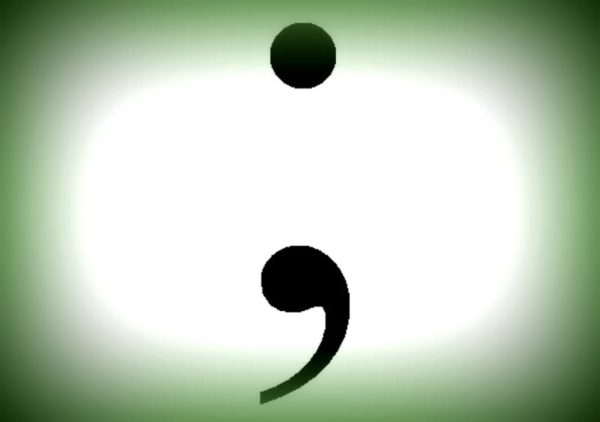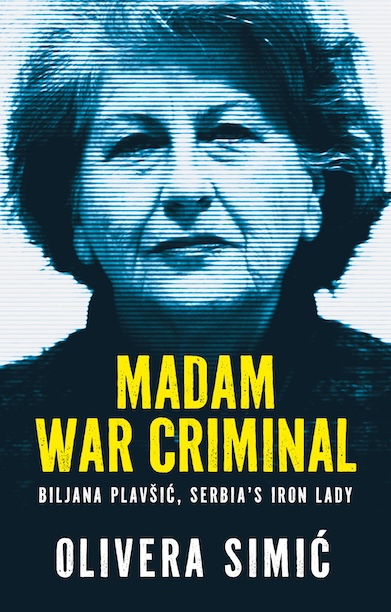These days, according to what I read, there is no doubt that the semicolon is considered old-fashioned and not commonly used in sentence construction. Editors and proofreaders have been known to be severely castigated by authors for adding a semicolon when copy-editing their manuscripts. I don’t use semicolons very often, but there are times when a semicolon is the perfect punctuation choice in a sentence, particularly when it links two or more independent clauses with closely related content.
In a recent article in The Australian (10 August 2019), editor Stephen Romei admitted to his readers that he loathes the “scandalous” semicolon, preferring full stops and commas. He apologised profusely to writer Carmel Bird, who had declared during an e-chat with him that “a rogue semi-colon had barged into her review of Jane Sullivan’s wonderful book, Storytime.” Romei was horrified: “I assured Carmel I did not grant it entry (it appeared during the production process).”
Love or hate the semicolon, it certainly has its functional use in non-fiction books and scholarly writing. Even Carmel Bird inserted them when listing simple beginnings in her book Writing the Story of your Life (p. 111):
Such incredibly simple beginnings as: ‘I remember one day when my aunt . . .’; I remember the time when I lost . . .’; ‘I remember a teacher . . .’; . . .
When two independent clauses are linked with ‘however’, I prefer using a semicolon to emphasise comparison without creating two separate sentences. For example:
Secular patronage was fuelled by the Renaissance brand of humanism; however, there were also important technical developments.
Many writers would prefer two sentences:
Secular patronage was fuelled by the Renaissance brand of humanism. However, there were also important technical developments.
Then there are writers who would just insert a comma between the clasuses:
Secular patronage was fuelled by the Renaissance brand of humanism, however, there were also important technical developments.
It’s all a matter of taste.
As Cecelia Watson, a “reformed grammar fetishist”, argues in her new book Semicolon, writers don’t have to be religiously tied to grammar rules because rules can limit our relationship with language, and “true communication and openness to others”.
I have recently written an article about using short sentences in fiction to express a complete thought for dramatic effect, or to force a powerful silence after the full stop. I used the following extract from Arundhati Roy’s The God of Small things (1997) to illustrate how short sentences add tension, allowing space for readers to soak up the atmosphere of pivotal moments in the narrative.
The Inspector asked his question. Estha’s mouth said Yes.
Childhood tiptoed out.
Silence slid in like a bolt.
Someone switched off the light and Velutha disappeared.
I also admire Henry James’ well-formed narrative prose; there’s nothing erratic about his writing. He extended sentences to create a rhythm or a flow-through of many thoughts. James’ creation, Isabel Archer (‘The Portrait of a Lady’), is a mesmerising character. James allowed the reader access to Isabel’s conscious thoughts. In the following sentence, four clauses linked by semi-colons perfectly demonstrate the development of Isabel’s reflective thought process.
For herself nothing was changed; what she once thought of him she always thought; it was needless this feeling should change; it seemed to her in fact a better feeling than ever. (‘The Portrait of a Lady’, 1881, Chapter 42)
I often wonder if James would change his writing style and abandon many of his semi-colons if he lived and wrote today.
Cecelia Watson evocatively expresses her appreciation of the semicolon, when used in an innovative and aesthetically pleasing way, as “that tantalising veil shimmering between the two halves of the sentence, showing us just enough to let us dream”.
I will finish with the less emotive summing up of the semicolon from the Style Manual (sixth edition):
Although the semicolon is often neglected, it is a very useful punctuation mark and, properly employed, can bring elegance and variety to your writing.
Proofreading
 If you’re ready to have your writing proofread or edited, or you would like an appraisal of your writing, whether it is a complete manuscript or a work-in-progress, then please email me via my contact page.
If you’re ready to have your writing proofread or edited, or you would like an appraisal of your writing, whether it is a complete manuscript or a work-in-progress, then please email me via my contact page.





